Prospecting is a Tough and Stressful Part of the B2B Sales Process
By Michael J Griffin
6 minute read
Prospecting B2B customers involves the systematic research, identification, preparation and engagement of potential clients who could benefit from your products or services. It's a critical step and sometimes the most stressful in the B2B sales process. It is an unavoidable part of selling but crucial for growing our sales pipeline. There are several ways to prospect B2B customers, each with its own advantages and considerations.
But the first step in prospecting is to prepare! Prospecting involves saying the right things—to the right people, at the right time and in the right way. This first phase of focuses on identifying the right people (your prospects) and preparing yourself to say the right things when you speak with them. Effective preparation for prospecting includes:
Identifying prospects that match and align with your marketing criteria. For example, in my business we want customers that are MNC’s, healthy conglomerates and banks. SME’s are not our primary prospects.
Researching then targeting business issues that prospects in your market might be facing and that you can help them solve with your products and services. These may revolve around the needs for finance, productivity, image, safety, order and service.
Planning your prospecting approaches and time/energy allotment for each approach is a must. You may find it more productive to employ LinkedIn than Facebook in identifying prospects to contact.
Practicing and fine tuning your prospecting skills that include your ability to do effective research, composing written social media and emails that attract attention (or don’t end up in spam), and your verbal skills to connect to the mind and heart of the prospect (or screen) to get that first appointment. You may want to search for ideas on effective scripts using ChatGPT or Claude to give you insights for practice. At ELAvate we have an Effective Prospecting Workshop that embodies strategies and activities on the prospecting advice below. Call me if interested!
Here are some of the most common methods of prospecting and I have arranged them from what I believe are the easiest to the more difficult to get appointments:
Introductions from Trusted Relationships: Leveraging your existing network, such as colleagues, clients, mentors, or industry influencers, to introduce you to potential customers can help establish credibility and trust. In Asia having a “Guanxi Connection” can open the door to new potential customers. Remember, you need to be proactive to ask for the introduction from your existing relationships. Don’t be shy! The worst that can happen is a “no.”
Join Industry or City Networking Groups. Networking groups such as Vistage, Rotary, Industry or City or Country Groups are a warm way to meet like-minded people and through your attendance for their luncheons and functions, potential prospects get a chance to check you out, and you have the opportunity to build trust and discussions that may lead to an appointment.
Partnerships and Alliances: Partnering with complementary businesses can expand your reach. You can collaborate on joint marketing efforts or cross-promotions to reach each other's customer bases. You might call this prospecting as synergistic as it can be a win for your alliance partner and for both your and their customers.
Social Media Prospecting: Utilize social platforms like LinkedIn, Twitter, and even industry-specific forums to connect with potential clients. Engage in relevant discussions, share valuable content, and send personalized connection requests. This may involve a cost such as LinkedIn Premium or LinkedIn Sales Navigator. Be careful to contact clients you have researched and can connect with a current need or issue related and attractive to the prospect. Spamming on LinkedIn is becoming more rampant and irritating.
Employ Sales or SEO Tools: Your company CRM and database if regional or global may provide you with contacts that can give you leads in your city or country. Also optimizing your website for search engines (SEO), creating landing pages, and offering downloadable resources, you can capture leads from potential customers actively seeking information about your products or services.
Industry Networking Events: Attending industry events, trade shows and conferences provides opportunities to meet potential customers and establish connections. These events may also allow you to be invited an expert speaker that boosts your credibility as an industry expert that leads to discussions with prospects who may attend your talk of visit your booth.
Content Marketing: Creating high-quality content, such as writing blog posts and whitepapers, establishes your expertise and attracts potential customers who are seeking solutions related to your offerings. Publishing articles or contributing content to industry-specific publications can position you as an expert and attract the attention of potential customers. Frankly, I don’t get many leads from my blogs or articles but they do provide content you can use to send via email to move a cold prospect to a warm one.
Send a Book. Based on the research you do on a potential senior CXO prospect, you may choose to send a book to the CXO on a topic of interest that gives the CXO insight on solving a problem in his/her organization. The book is sent by courier or mail with a short crafted letter. Since this is a physical item, the screen will most likely forward it to the CXO decision maker. Make sure you have a phone number to call to follow up with a request for appointment! I have had decent success with this.
Email Outreach: Sending personalized and targeted emails to potential customers is a common approach. Craft compelling subject lines and messages that address the prospect's pain points and explain how your solution can help them. Identify ways to keep your email out of the prospect’s spam or junk box. Always attach a research paper or report that show you care about helping them to solve a problem or to remain competitive.
Webinars and Workshops: Hosting informative webinars or workshops related to your industry can attract potential customers interested in learning more about the topics you cover. This can get expensive as there maybe venue and refreshment cost, and, people are busy. Getting people to attend is the challenge, but with Zoom and MS Teams, the cost can be lowered with less personal touch. This approach may lead to a full “room or zoom” of attendees or 2-3 interested parties.
Cold Calling: This traditional method involves reaching out to potential customers by phone without any prior contact. Cold calling requires a well-researched script and a clear value proposition to capture the prospect's or screen interest quickly. Most decision makers find cold calling irritating and an intrusion on their time and ability to make decisions. I don’t recommend it for B2B sales!
Prospecting is a stressful, time consuming, a rejection filled activity! But a must for your sales pipeline growth. After reviewing these prospecting alternative, make a realistic plan of integrating them into your hunt for new customers that have measurable outcomes. Be persistent to follow your plan and fine tune it as you learn from your successes and rejections from prospecting.
Go for it! Prospect daily!
Michael J Griffin
CEO and Founder ELAvate
Global Sales Productivity Consultant
Persistent Prospector!

